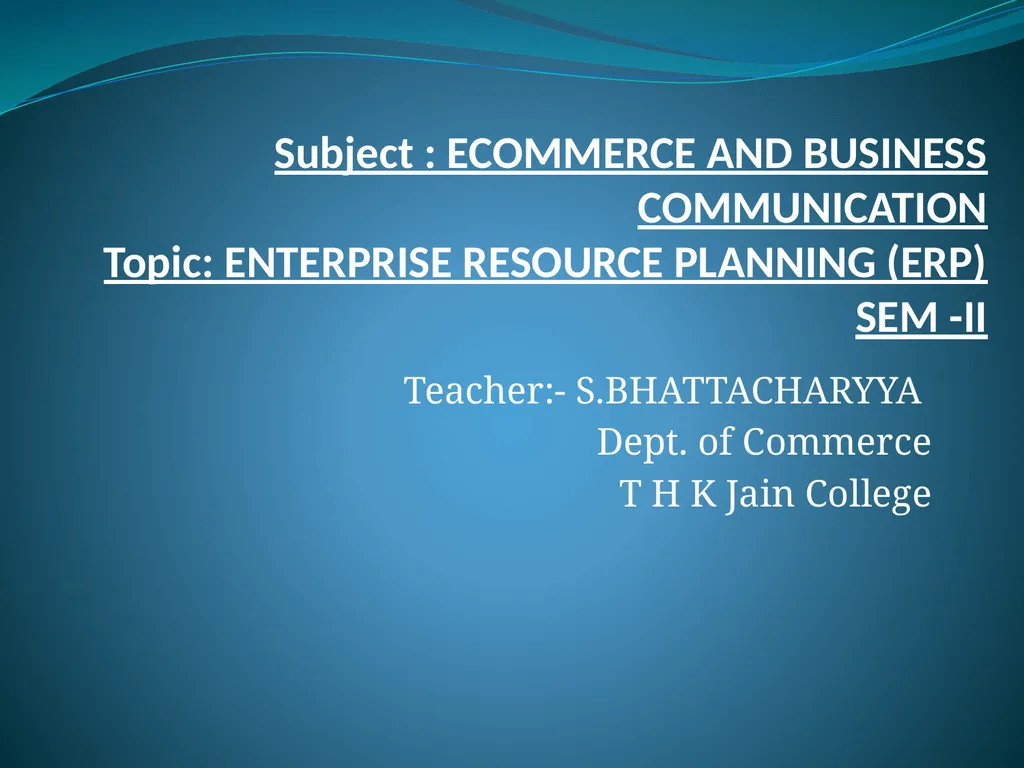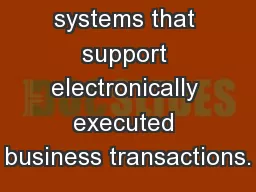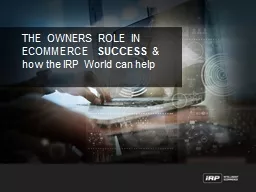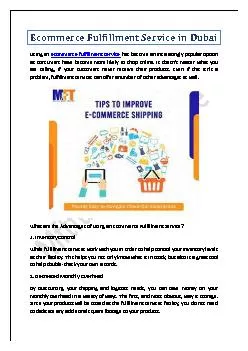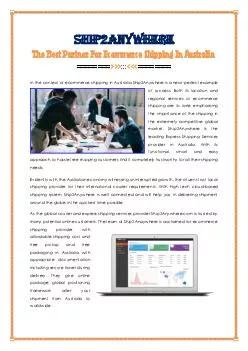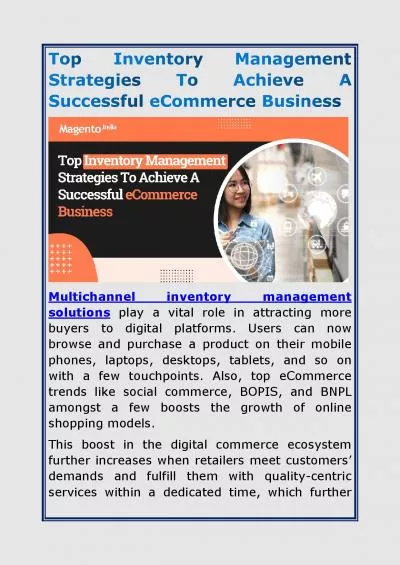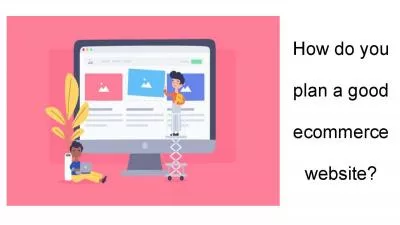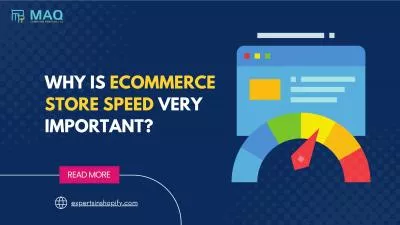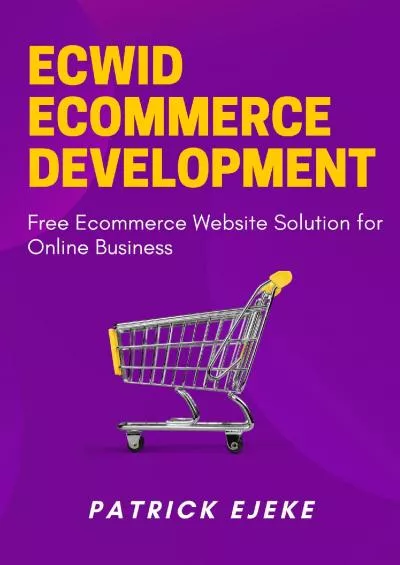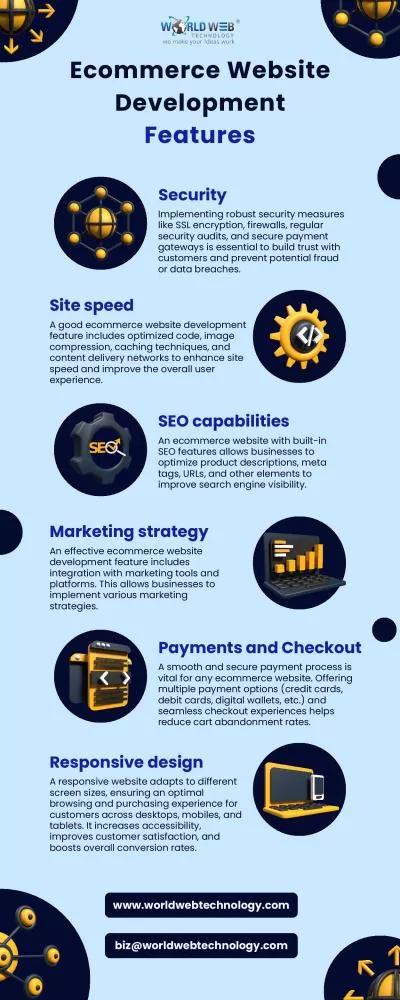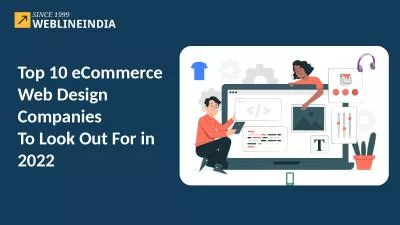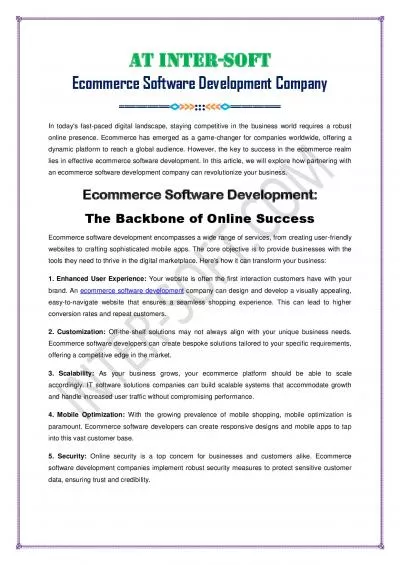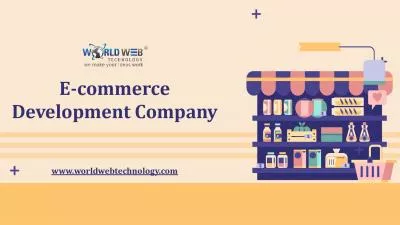Subject : ECOMMERCE AND BUSINESS COMMUNICATION
Author : karlyn-bohler | Published Date : 2025-06-23
Description: Subject ECOMMERCE AND BUSINESS COMMUNICATION Topic ENTERPRISE RESOURCE PLANNING ERP SEM II Teacher SBHATTACHARYYA Dept of Commerce T H K Jain College ERP definitions ERP is the Process of Integrating And Managing All the Business
Presentation Embed Code
Download Presentation
Download
Presentation The PPT/PDF document
"Subject : ECOMMERCE AND BUSINESS COMMUNICATION" is the property of its rightful owner.
Permission is granted to download and print the materials on this website for personal, non-commercial use only,
and to display it on your personal computer provided you do not modify the materials and that you retain all
copyright notices contained in the materials. By downloading content from our website, you accept the terms of
this agreement.
Transcript:Subject : ECOMMERCE AND BUSINESS COMMUNICATION:
Subject : ECOMMERCE AND BUSINESS COMMUNICATION Topic: ENTERPRISE RESOURCE PLANNING (ERP) SEM -II Teacher:- S.BHATTACHARYYA Dept. of Commerce T H K Jain College ERP definitions ERP is the Process of Integrating And Managing All the Business Functions Within the Organisations And to Exchange Information with the Outside Stake Holder (that is) Suppliers, Consumers, And Various Intermediaries It Integrates And Managed Financial Cost Accounting, Sales And Distributions, Material Management, Human Resource Management, Production, Planning Marketing Management, Supply Chain Management. Features of ERP Integrating And managing All the Business Functions Within the Organisation Provides Competitive Advantages And Creates Value Through ERP Functions Enhance Speed And Efficiency of Operations Through Highest Level of the Customer Services , Improvement in Productivity, Decline in Cost, Increase Inventory Turnover Ratio Integration of Data in to Common Database for the Functional Development With the Help of Information Technology Features of ERP (Continued) Exchanges Information With the Outside Stakeholders It Creates Departmental Harnomisation Through Integration And sharing Information by the Functional Department It Integrates Different Sub Systems (that is) Knowledge Base Systems, Decision Support System It Facilitates Quick flow of Information Regarding Various Departments Quick Accessible information Round the Clock basis ERP Utilities Modular Design: It Incorporates Distinct Business Modules Such As Manufacturing, Financial, Accounting And Distributions. Central Common Database: All the Data Entered And Stored Once Used By the Various Departments. Best Business Practices: The Best ERP Systems Offers Best Business Practices Throughout the World Wide Organisations. Integration: The Best ERP Systems Supports Connectivity to Other Business Entities In the Organisations. ERP Utilities (Continued) Flexibility: It Is Flexible to the Extent the Needs And Wants of the Enterprise. Compressive: It is Suitable for Wide Range of Business Organisation Web Enabled: It is Internet Or the Web based Applications Automatic Function: All the Financial And the Business Information Is Generated Automatically from the Data Entered in the Centralised Database Benefits of ERP Competitive Advantages And Create Value Decline in Operating Cost By the Lowering Inventory Turnover cost And the Production Cost Improved Visibility Because of Centralised Function of ERP Easy Access to Data Ensuring Financial Accuracy Improve Customer Relation Management And Consumer’s Satisfaction Prevention of Unaccounted Inventory Loss By the Keeping Proper Track of the Items Which Are in the Store Benefits of ERP (Continued) Standersied Human Resource Information Through Unified simple Method of Tracking Employee Time Integrate Financial Information Integrate Customer's Order Information Improved Efficiency in Managing
